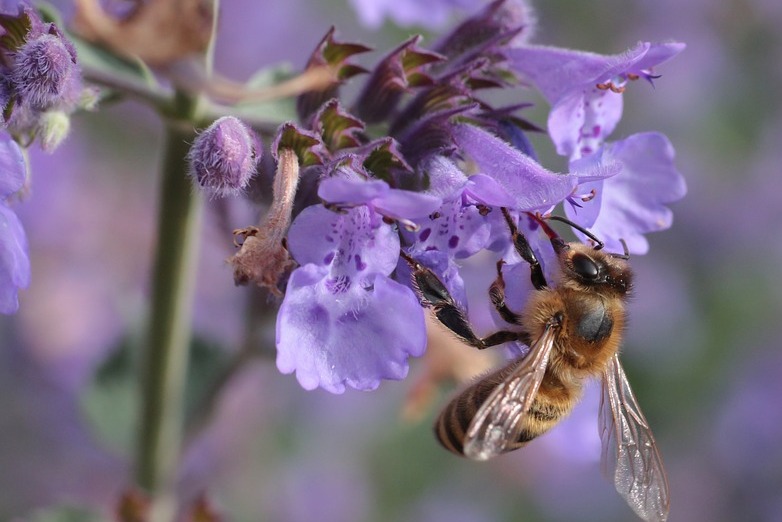Historical
When summer brings you to tears…
The glorious weather we've been enjoying over the past couple of weeks has allowed some much needed sunlight to soak into our skins, creating the Vitamin D we need to keep our bones, hormones and moods in good shape. But hidden amid the warmth and the flowers is a common ailment that can ruin your fun in the sun.
Allergic rhinitis, also known as hayfever, is triggered in susceptible people by the pollens of specific seasonal plants, dust particles and airborne chemicals. Common symptoms include a runny nose, sneezing and itchy eyes. There are two forms of allergic rhinitis: seasonal, known as hayfever, most prevalent during the haying season (late May to the end of June in Ireland), and perennial, which occurs throughout the year and is most frequently seen in younger kids. It is possible, though, for sensitive souls to suffer from the hayfever form of rhinitis throughout the year 🙁 It's important to visit your doctor to get a positive diagnosis for hayfever before trying to deal with it. Once you know all the pretty flowers are responsible for your misery and before you chop their heads off, there are a few things you can do to make things better.
When treating allergies the goal is to reduce allergic symptoms, which are caused by the inflammation of affected tissues. The best treatment is to avoid the cause, so avoiding exposure to pollen is an excellent (if slightly daunting) first step. How can you do this? By staying indoors in the morning and evening when outdoor pollen levels are at their height, for a start. You could also wear a facemask designed to filter out pollen if going out is unavoidable.
Other tips include keeping house and car windows closed, not drying clothes outdoors, avoiding insect sprays, tobacco smoke, air pollution, fresh tar and paint, and avoiding mowing the grass and gardening. Fields and grassland are also best left alone while you're suffering. Washing your hands and face regularly removes pollen from areas where it's likely to enter the nose and a small amount of petroleum jelly placed around the eyes (be careful!) and nostrils should stop some pollen from entering reactive areas. Driving or bussing it rather than cycling or walking can also help, as can wearing sunglasses to reduce the amount of pollen entering the eyes (and you get to look cool!). Showering before bed and frequently changing your bed sheets should help you to avoid exposure during the night.
As far as remedies are concerned, eating locally made unfiltered honey (which tends to contain some pollen) before and during the hayfever season can help by exposing the body to manageable amounts of pollen. But it's important to do this in small bites (cautiously!) to prevent potential allergic reactions to the pollen in the honey. Acupuncture can also be helpful for hayfever, as can herbal remedies.
A. Vogel's Luffa Complex Drops and Pollinosan Hayfever Tablets help ease the overall symptoms of hayfever – their Eyebright Euphrasia Drops also reduce redness of the eyes.
Reishi, stinging nettle and quercetin all act as an antihistamine to combat allergic reactions.
Nasopure’s Nasal Wash helps to promote natural drainage of allergens and pollen from the nasal tract and sinuses.
You can call into the shop for more information. Staff will be more than happy to advise you.
If you are taking pharmaceutical medication for any condition whatsoever, it is imperative that you consult with your doctor before taking supplements or remedies.




